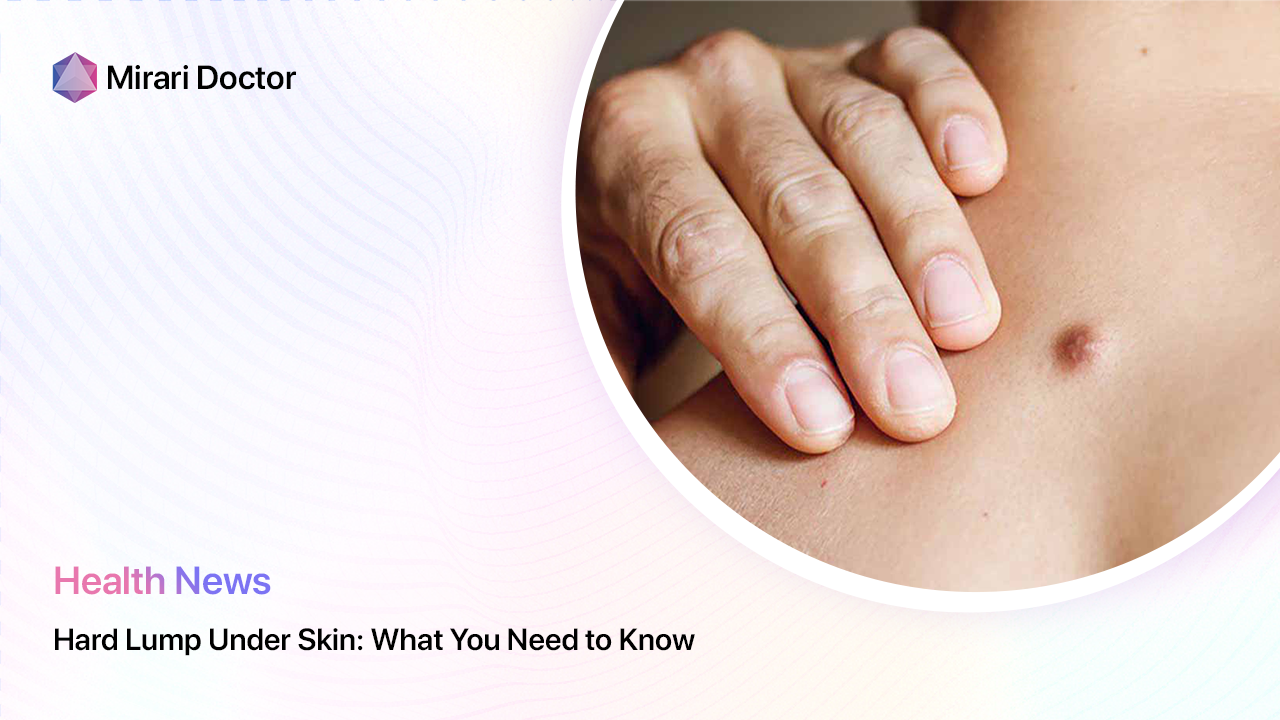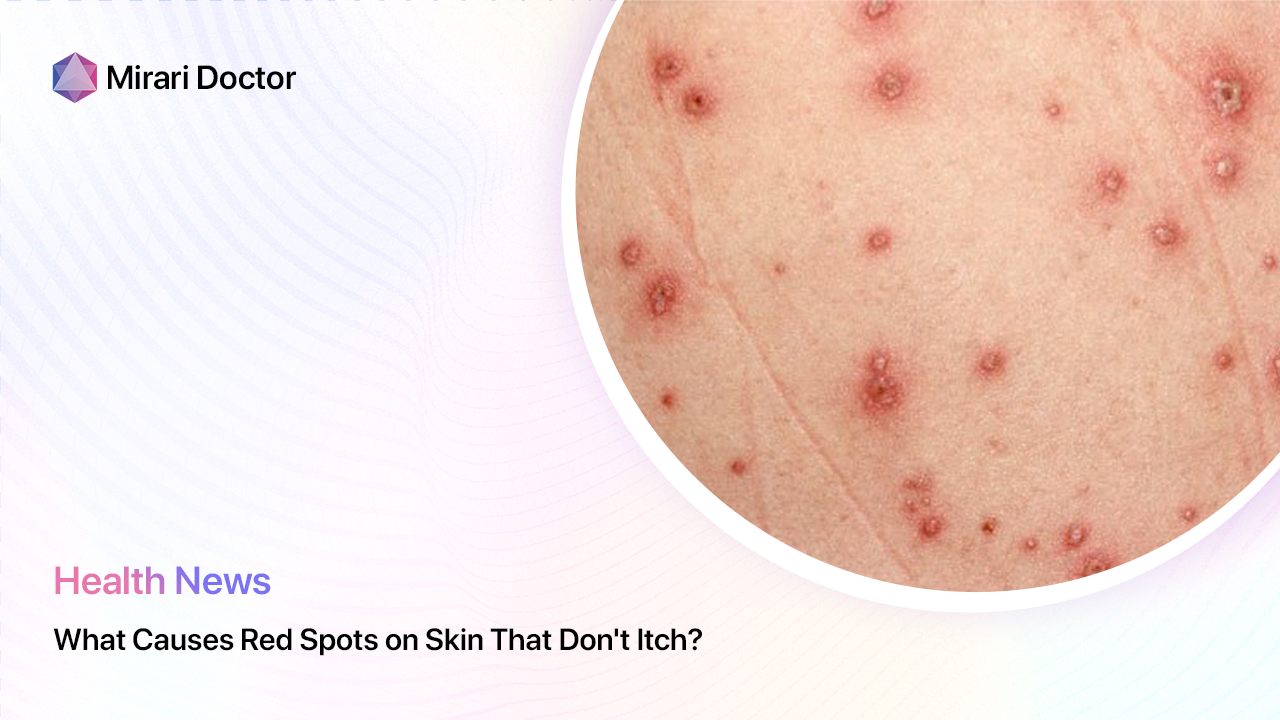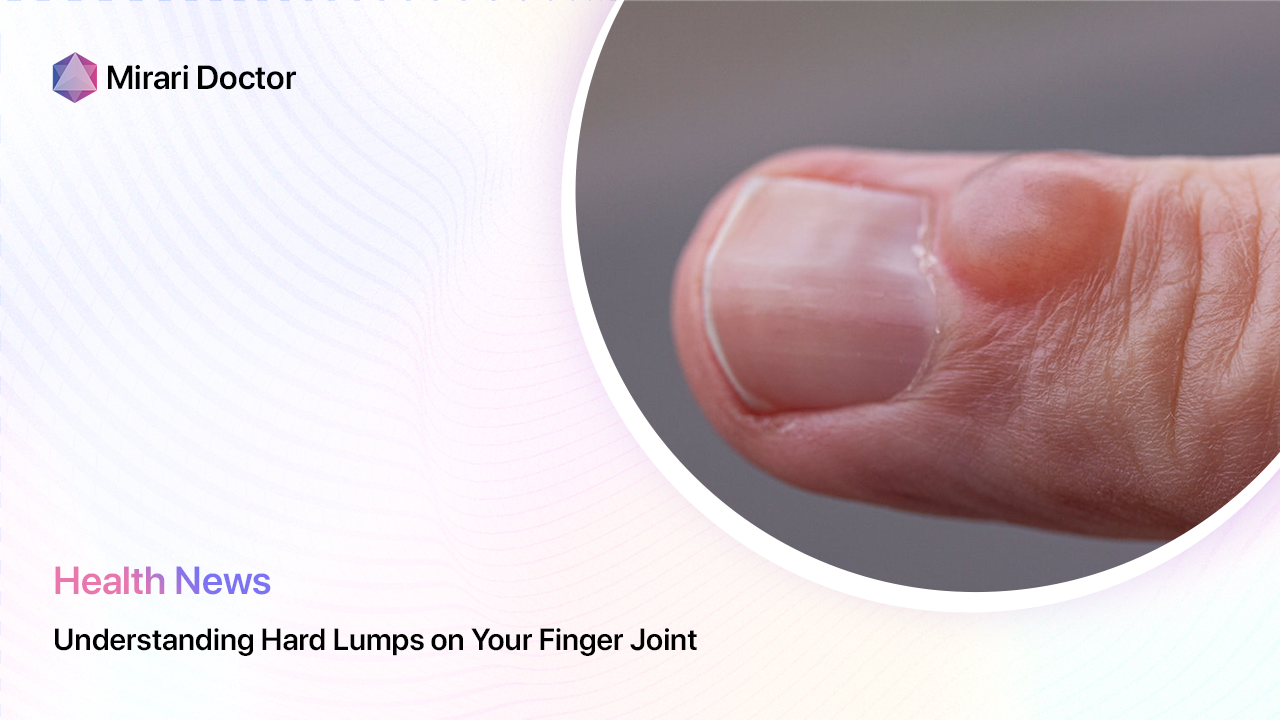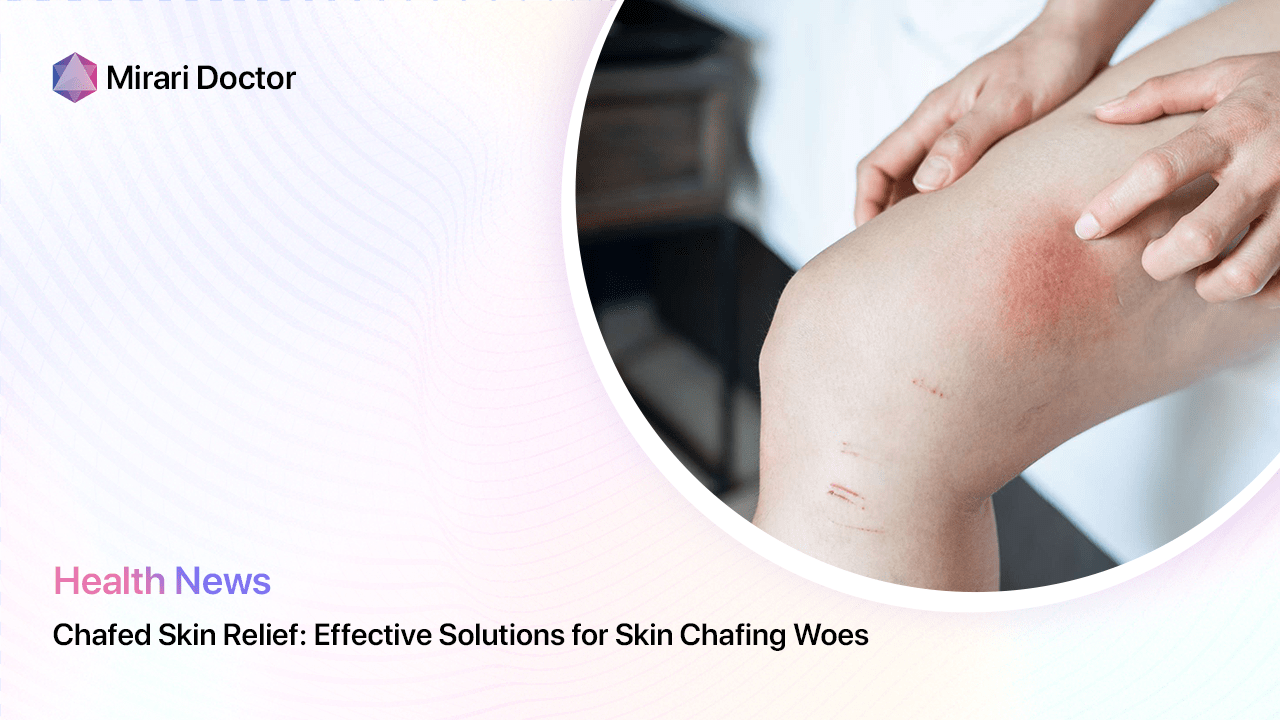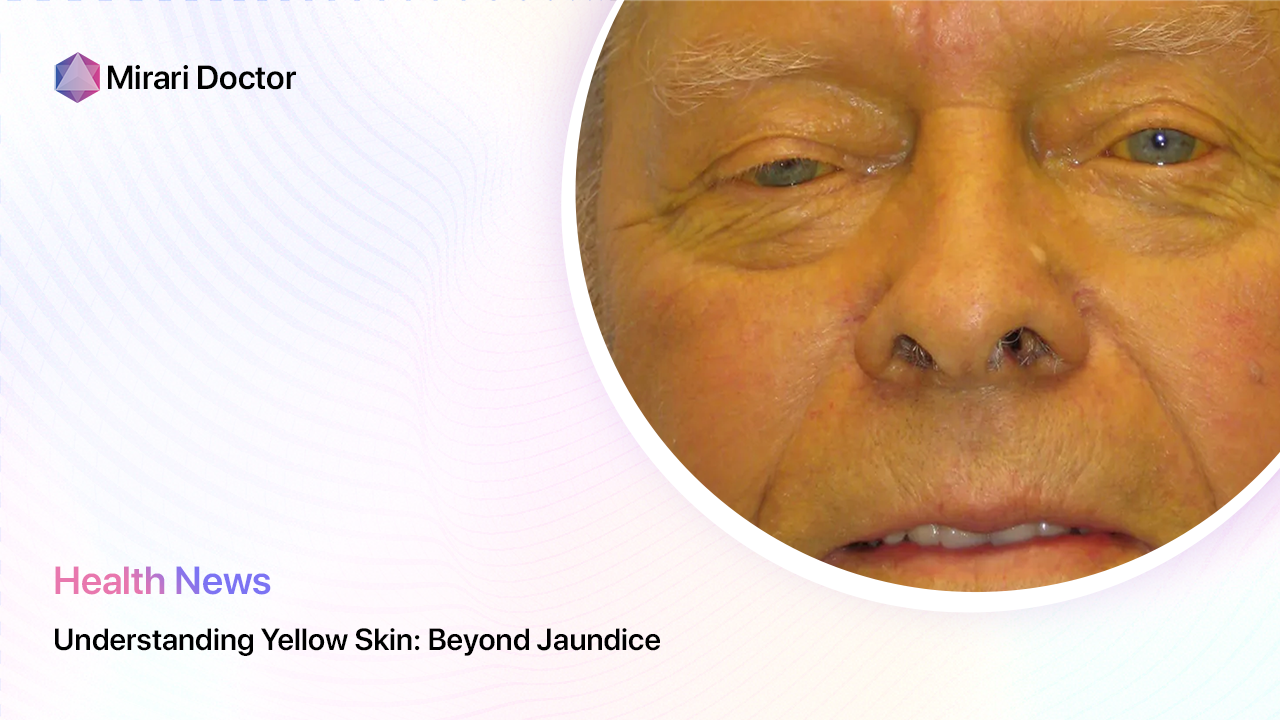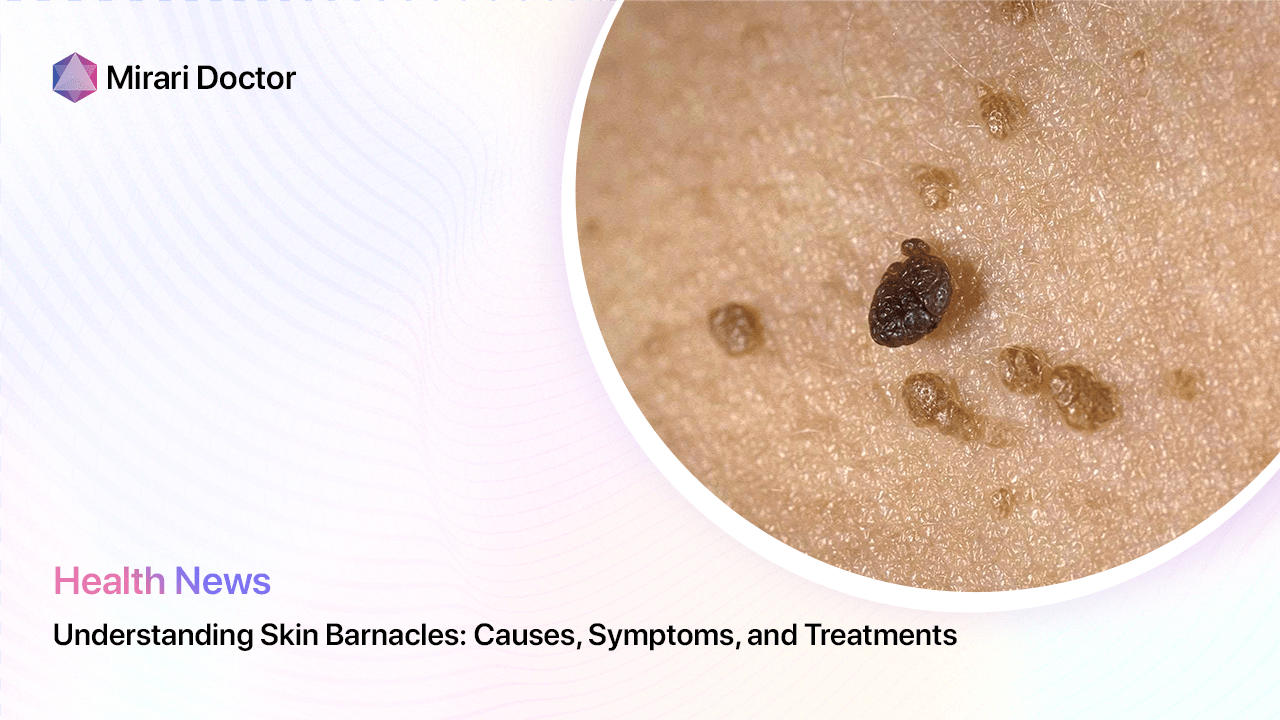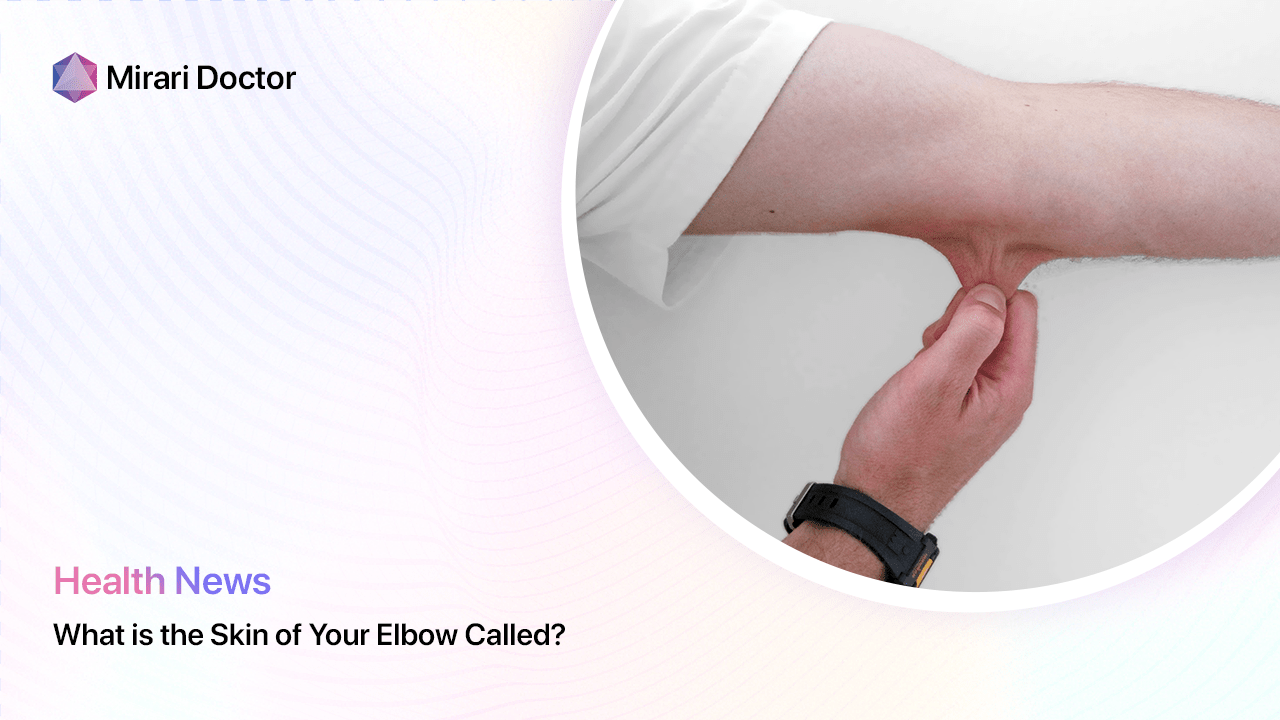
If you’ve ever wondered what the wrinkly extra skin on your elbow technically gets called, you’re not alone. The folds and flexibility around the joint leads to nicknames like “weenus” in casual slang. However, medical terminology more accurately addresses elbow skin anatomy for clear understanding.
Key Aspects of Elbow Skin Relevant to Identification
In human physiology, the skin on the elbow possesses distinct attributes related to its flexible function:
- Allows stretching/contracting to enable the elbow’s extensive range of motion
- Contains abundant sensory nerves, blood vessels and collagen fibers
- Prone to wrinkling and creasing with repetitive flexion and extension
- Site of commonly occurring minor skin surface changes like tags or warts
- Frequent location of trauma with knocks and pressure on the bony tip
Recognizing the elbow skin’s unique properties provides context for naming conventions.
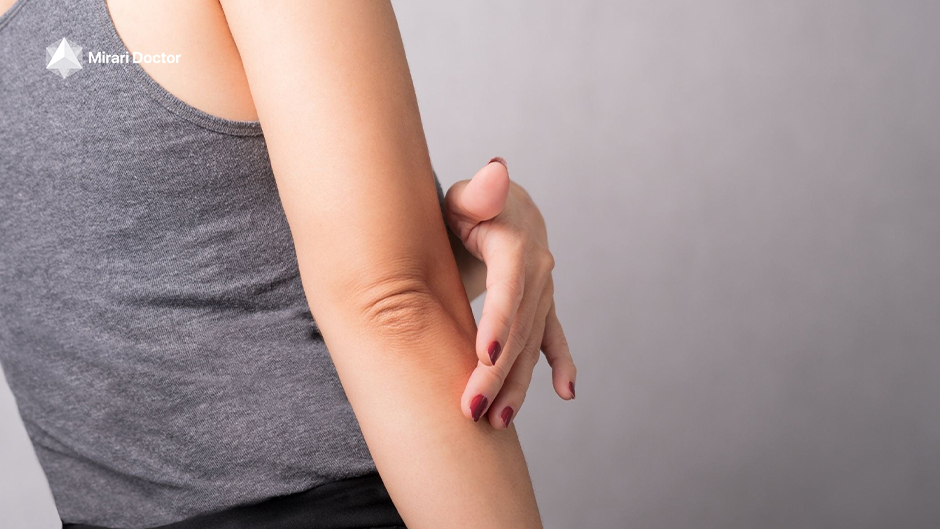
Elbow Skin Names Depending on Exact Location
The elbow region overall contains multiple skin areas with specific labels:
Olecranal/Olecranon Skin
The outer surface skin stretching over the bony protrusion of elbow’s tip gets termed the olecranal skin or olecranon skin in medical terminology. This thin tissue layer covers the olecranon process bone that forms the pointed elbow shape.
Cubital Skin
The front crease surfaces of the bent elbow denoting the cubital region represents another frequently discussed elbow skin location in human anatomy and physiology contexts for medical examination or venipuncture access purposes.
Antecubital Fossa Skin
Also called the antecubital space or antecubital fossa, this inner elbow pit denotes the crease between the forearm and upper arm sections. As a common blood draw site, the antecubital fossa skin garners frequent mention in medical literatures.
So in summary, naming distinctions depend on specifying anatomical elbow skin landmarks – outer, inner, front or back areas.
Everyday Slang Use vs. Technical Terminology
In informal situations, people often refer to the baggy external elbow skin using slang terms like:
- Weenus
- Wenis
- Weenis
- Benda
- Popeye
But these all represent colloquial nicknames rather than academically formal anatomical descriptions. So next time your friends reference that “funky flap of elbow skin,” you can clarify it technically aligns with the olecranon skin naming conventions.
Why So Much Extra Skin Surrounds the Elbows
Human kinesiology explains the evolutionary benefits imparted by abundant wrinkly oversight skin enclosing the elbow joint:
Mobility
The considerable excess skin facilitates necessary coverage stretching that accommodates the elbow’s extensive range of motion without restrictive tension when fully flexing or extending the arm.
Protection
The added tissue layers shield the underlying blood vessels, muscles and ligaments during repetitive use from friction against the environment or bone surfaces without limitation.
Sensation
The numerous sensory nerves embedded within the elbow skin relay tactile feedback about joint positioning and warn against potential tissue damage from excessive hyperextension.
So in short, the distinctive design of elbow skin supports optimal arm functioning.
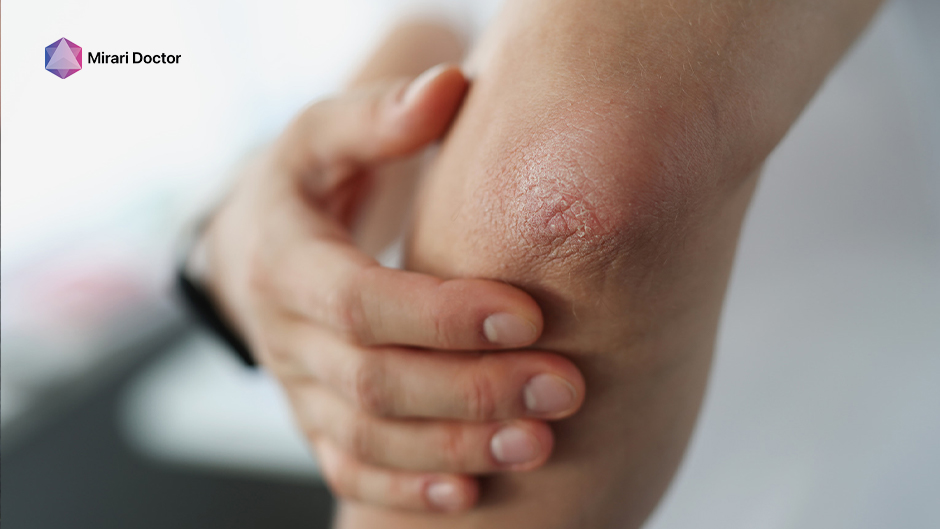
Why Pain Localizes When You Hit Your “Funny Bone”
In human neurophysiology, the intense discomfort that radiates when your “funny bone” gets knocked stems from the nervus ulnaris path. This nerve runs just under the skin surface directly on top of the bone at the elbow’s tip.
Any pressure or impact compresses the nerve sharply into the unyielding olecranon bone. Pain signals then transmit powerfully along the trapped nerve fibers to the brain, creating electric, numbness and ache sensations felt locally.
So accurately named, the “funny bone” response depends on key anatomy and neural factors that differ from most body areas.
FAQs: Common Queries About Elbow Skin
Why is there extra skin on my elbows as I age?
Like other body parts, the elbow skin naturally loses collagen, elastin and fat stores over time. This combined with years of repetitive flexion leads to wrinkling laxity around the joint not as smoothed out once extended.
Can I remove the loose elbow skin bags?
In some cases where excessive, bothersome crepey skin develops, plastic surgery procedures like brachioplasty arm lifts can excise and tighten droopy tissue for more youthful contours.
What is that pointy outer elbow bone called?
The bony protrusion is the olecranon process, which serves as an attachment site for muscles and ligaments that allow elbow bending capabilities. Skin covers this structure to create the pointed elbow shape.
Why do my elbows darken and dry out sometimes?
Recurring pressure and friction erodes the outer skin layers causing thicker, flaky patches. Environmental dirt also accumulates creating darkened calluses worsened by incomplete cleaning of the creased areas after repetitive activity.
Can I smooth my wrinkled elbow skin?
Using rich moisturizing creams helps hydrate the external tissue while anti-aging compounds containing retinol or vitamin C assist with collagen formation. Silicone gel sheets also reduce evidence of fine lines. But anatomical creases inevitably persist to enable flexing.
In Summary: Key Elbow Skin Takeaways
- The medical name for the outer elbow skin is olecranal/olecranon skin
- The cubital and antecubital fossa skin describes the inner elbow crease zones
- Abundant elbow skin allows extensive joint range of motion
- The “funny bone” sits atop the ulnar nerve path, explaining pain with knocks
- Skin changes over time naturally lead to wrinkling and drying
So while your friends may jokingly reference your “weenus,” you can set the anatomical record straight regarding technical elbow skin terminology. Patiently educating the public on proper physiology provides scientific service indeed!
Related articles
Made in USA


